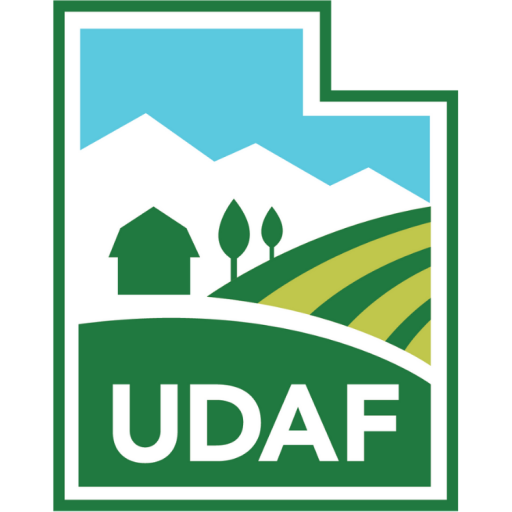The Program has four major components:
- With input from grazing boards, USU extension and the UDAF, recommend positions on grazing issues for federal and state agencies.
- Implement projects that rehabilitate our natural resources, increase productivity and protect the landscape.
- Work with state and federal agencies to make land management decisions that are “open” and are more reasonable, affordable and effective in addressing grazing management and productive capacity of rangeland and watersheds.
- Partnering with others to improve resource health and preserve livestock grazing on public lands.
Sustainable Grazing for Southern Utah Forests; Aspen Restoration Guidelines; Public affairs video on livestock grazing.
UDAF Commissioner Blackham established a new division within the Utah Department of Agriculture and Food titled the Grazing Improvement Program (GIP).
The Program has established a State Grazing Advisory Board and six Regional Grazing Advisory Boards to improve the grassroots voice of both private and public grazing land managers. (Fig. 3)
Within Code 4-20-1.5, a summary of the State Grazing Board’s responsibilities states it is created to receive recommendations from regional boards concerning public and private grazing lands, issues that impact grazing on said lands, and recommend state policy positions for federal and state lands to the UDAF and the Public Lands Policy Coordination Office (PLPCO).
The code also defines the use of funds for range improvement and maintenance, control of predatory animals, management and extermination of invasive and poisonous plants, purchase or lease of lands for the benefit of a grazing district, watershed protection and development, and improvement and the general welfare of livestock grazing within a district.




